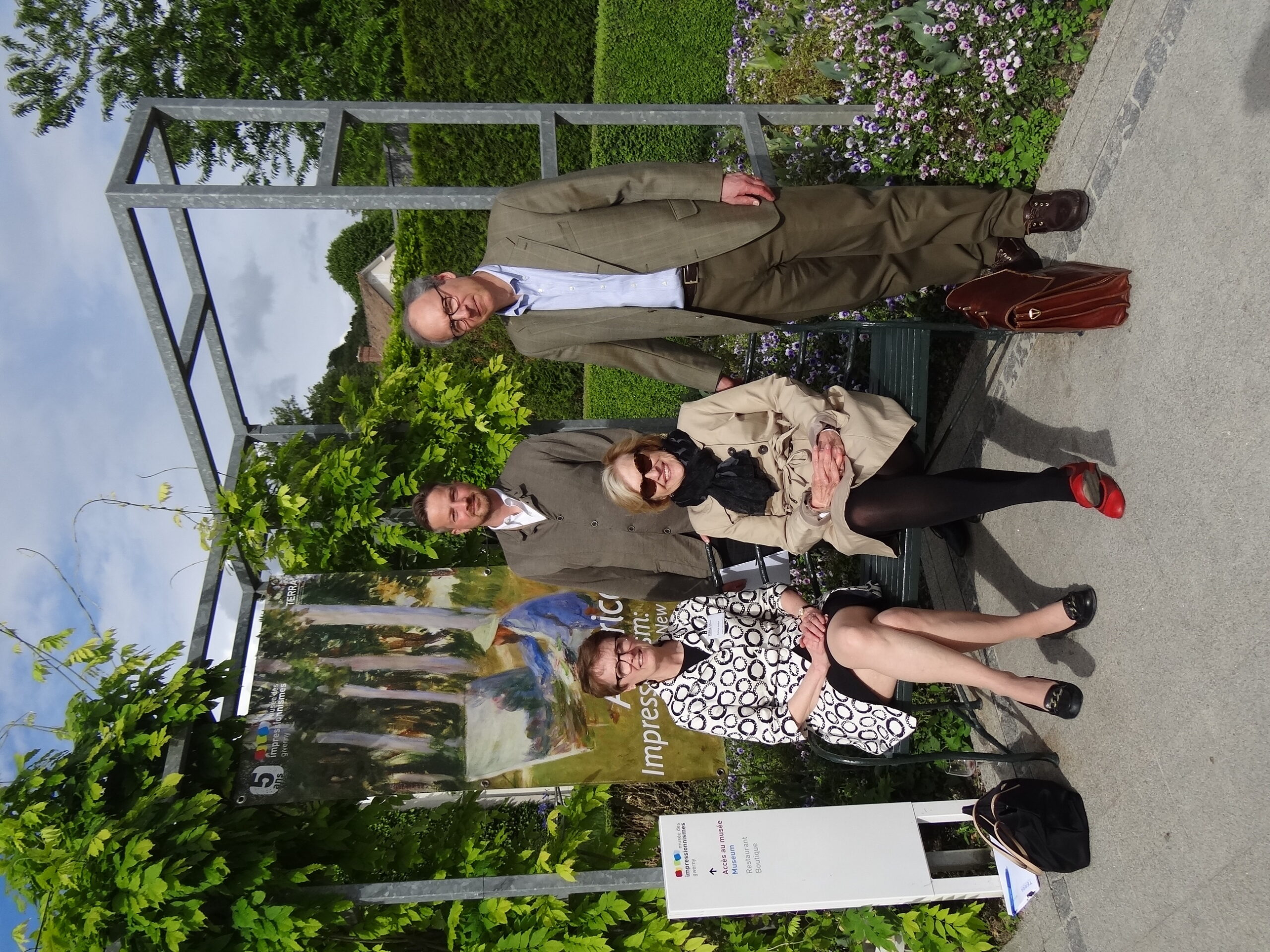May 23, 2014
Musée des Impressionnismes Giverny
While the political implications of the French Impressionist movement in the 1870s are firmly established, the scenes of bourgeois private and urban entertainment later produced by American artists in an Impressionist style seem patently unconcerned with political questions. Does the transformation of French Impressionism into an international style evacuate forms of social critique at a moment when the art market was becoming international? Was the political voice of American Impressionism only to be heard in claims to “picture the nation” or were other, perhaps more subtle, messages at work?
These questions and more are explored at the symposium “L’Impressionnisme et la Politique” (participants and their presentations can be found below). Organized by the Terra Foundation for American Art, Musée des Impressionnismes Giverny (MDIG), and Université Paris Ouest-La Défense, Laboratoire Histoire des arts et représentations, the symposium is held in conjunction with the exhibition L’Impressionnisme et les Américains, debuting at MDIG (March 28–June 29) before traveling to the Scottish National Gallery of Modern Art, Edinburgh (July 19–October 19) and the Museo Thyssen-Bornemisza, Madrid (November 4, 2014–February 1, 2015).
“Paris in the Age of Impressionism: From the Second Empire to the Dreyfus Affair” by Philip Nord, Rosengarten Professor of Modern and Contemporary History, Princeton University
“La ‘Révolution de cathédrales’ de Claude Monet, une ‘révolution symbolique'” by Ségolène Le Men, Professeur d’histoire de l’art, Université Paris Ouest Nanterre La Défense, France
“Monet and the Wreckage of History” by André Dombrowski, Assistant Professor, University of Pennsylvania
“Impressionist Lights: Paintings and the Transatlantic Politics of Electric Illumination” by S. Hollis Clayson, Professor of Art History and History, Northwestern University
“Mary Cassatt’s Women: Politics and Art” by Judith Barter, Field-McCormick Chair and Curator of American Art, the Art Institute of Chicago
“Childe Hassam and Theodore Roosevelt’s Americanism Campaign” by Patricia Junker, Curator of American Art, Seattle Art Museum
Discussion moderated by Christophe Charle, Professor of Contemporary History, Université Paris 1 Panthéon-Sorbonne, Director, Institut d’Histoire Moderne et Contemporaine, École normale supérieure


